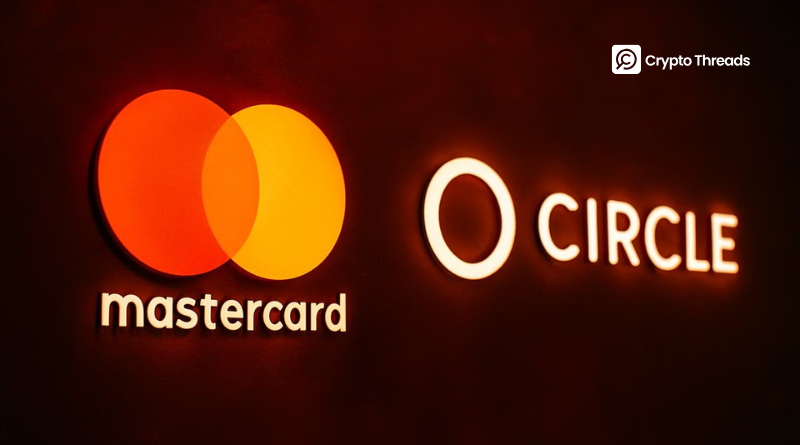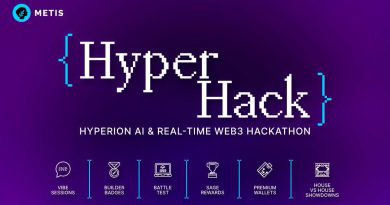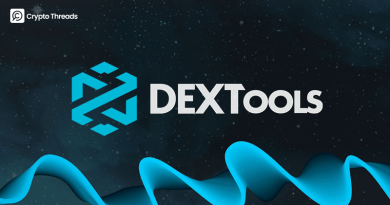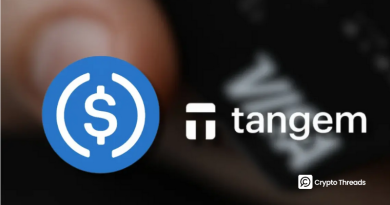Circle Expands USDC Into Global Payments With Mastercard and Finastra Deals
Circle is embedding USDC into major payment networks through new partnerships with Mastercard and Finastra — a move that pushes stablecoin adoption deeper into global banking and merchant services.
- Mastercard to enable USDC and EURC settlements for merchants and acquirers in EEMEA (Eastern Europe, Middle East, Africa).
- Finastra integrates USDC into its Global PAYplus platform, covering $5T in daily transactions across 50 countries.
- Circle continues its global adoption push following U.S. stablecoin legislation and prior deals in Asia, Europe, and the Middle East.
Circle has announced two significant partnerships aimed at embedding USD Coin (USDC) deeper into mainstream finance. On Wednesday, Mastercard revealed it will enable merchants and payment processors across Eastern Europe, the Middle East, and Africa to settle transactions directly in USDC and Euro Coin (EURC).
The move marks the first stablecoin settlement available through Mastercard in the region, with Arab Financial Services and Eazy Financial Services set to be the early adopters. This integration positions USDC as a direct bridge between digital assets and real-world merchant activity.
In parallel, Finastra, a major London-based financial software firm, integrated USDC into its Global PAYplus platform. The system handles over $5 trillion in daily cross-border payments, and now banks in more than 50 countries can settle international transactions in USDC — even when the payment instructions are denominated in fiat currencies.
These partnerships highlight Circle’s strategy to leverage its regulated, dollar-backed stablecoin for faster, cheaper, and more transparent global settlements.
The Mastercard and Finastra deals follow a string of global initiatives from Circle since the U.S. passed the GENIUS Act, the first federal stablecoin framework.
- Asia push: Circle met with South Korea’s four largest banks to discuss onchain integrations and the potential launch of a won-backed stablecoin.
- Japan partnership: Circle joined forces with SBI Group, Ripple, and Startale to drive USDC adoption and build a tokenized asset trading platform.
- OKX integration: In July, Circle partnered with OKX to offer zero-fee USDC to USD conversions, boosting liquidity and appeal across Asia, Europe, and the Middle East.
Together, these moves demonstrate Circle’s intent to establish USDC as the backbone of cross-border finance, bridging both institutional banking systems and consumer payments.
Final Thought
By partnering with global financial giants like Mastercard and Finastra, Circle is signaling that stablecoins are no longer just a crypto-native tool but a core part of the future payment infrastructure. With trillions in transaction volume and access to 50+ countries, USDC’s role in bridging digital and traditional finance just took a major leap forward.



